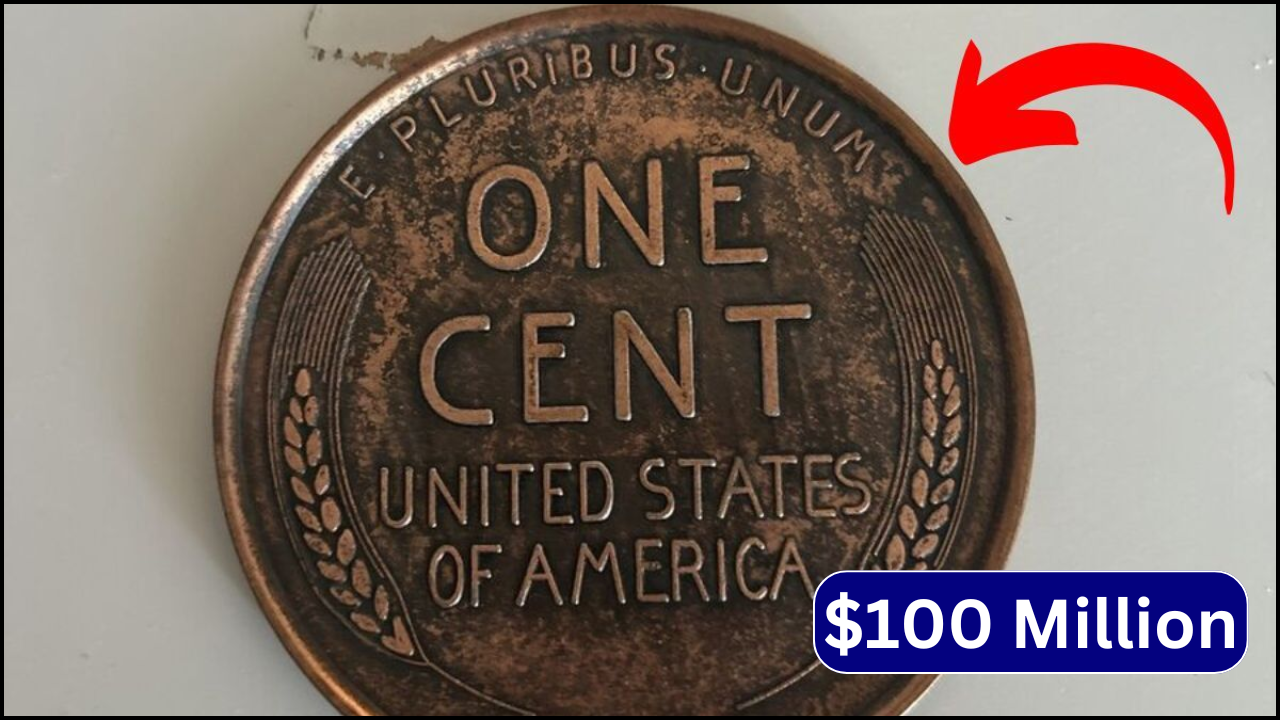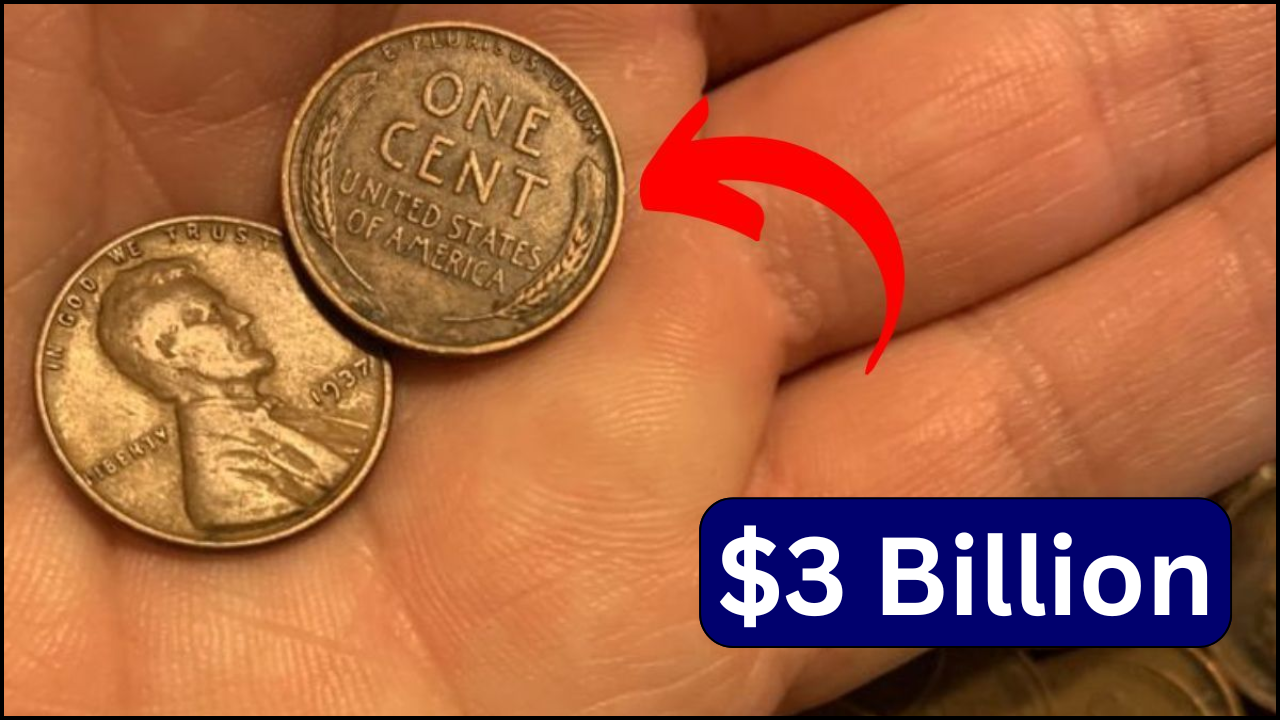
Finding an everyday penny worth millions of dollars is certainly exciting. The article discusses a Lincoln Wheat Penny valued at $5.5 million that might still be in circulation. While extremely valuable pennies do exist, it’s important to understand what makes certain coins valuable and what collectors should realistically expect to find.
Historical Background
The Lincoln Wheat Penny was introduced in 1909 to celebrate Abraham Lincoln’s 100th birthday. These coins featured Lincoln’s profile on the front and two wheat stalks framing “ONE CENT” on the back. They were produced until 1958 when the design changed to the Lincoln Memorial reverse. These coins have historical significance as they circulated during major events like World Wars and the Great Depression.
What Makes Some Pennies Valuable
Several factors determine a penny’s value:
Rarity: Coins with low mintage numbers or surviving quantities are more valuable. The 1909-S VDB (featuring designer Victor David Brenner’s initials) is famous for its limited production.
Minting Errors: Mistakes during production can create rare varieties. The 1943 copper penny (when most were made of steel for the war effort) and 1944 steel penny (when production returned to copper) are prime examples of valuable errors.
Condition: A coin’s grade significantly impacts its value. The grading scale ranges from Poor (barely identifiable) to Perfect Uncirculated (MS-70). For a penny to reach millions in value, it would need an exceptionally high grade, showing virtually no wear or damage.
Historical Significance: Coins produced during pivotal moments in history often command higher prices.
The Lincoln Wheat Penny Valued at $410K, Historical Treasure or Urban Legend?
The Lincoln Wheat Penny Valued at $3 Billion, Separating Fact from Fiction
Rare Bicentennial Quarter Worth $2.2 Billion, Three Coins That Could Change Your Life
The Lincoln Wheat Penny Valued at $1.4 Billion, From One Cent to One Billion
Reality Check on Values
While the article mentions a $5.5 million penny, this requires clarification. The most expensive Lincoln Wheat Penny ever sold was a 1943-D bronze cent that fetched $1.7 million in 2010. The 1943 copper pennies are considered the most valuable, with only about 20 confirmed examples known to exist.
Claims of pennies worth billions, as referenced in the article’s “Also Read” sections, appear to be sensationalized. No Lincoln cent has ever sold for anywhere near such amounts, making these claims highly questionable.
The Joy of the Hunt
Despite the rarity of million-dollar coins, the thrill of collecting Wheat Pennies remains accessible to everyone. Many dates in the series are worth significantly more than face value but remain affordable enough for average collectors. Common dates in circulated condition might be worth only a few cents, while better dates in good condition could be worth $10-$100.
Searching through rolls of pennies, inherited collections, or flea market finds can yield interesting discoveries without requiring substantial investment. This accessibility is part of what makes coin collecting so appealing and democratic.
Proper Handling and Authentication
If you discover Wheat Pennies that might be valuable:
- Never clean them, as this can significantly reduce their value
- Handle coins only by their edges to prevent oils from damaging surfaces
- Store potentially valuable specimens in protective holders
- For coins that appear particularly rare or valuable, consider professional authentication from services like PCGS or NGC
The Collecting Community
Beyond monetary value, collecting Wheat Pennies connects enthusiasts to American history and a vibrant community of fellow collectors. Coin clubs, online forums, and numismatic publications offer opportunities to share knowledge and experiences. Many collectors find that the educational and social aspects of the hobby provide rewards that transcend financial considerations.
Moving Forward
While finding a multi-million-dollar Lincoln Wheat Penny would be an extraordinary stroke of luck, the search itself can be rewarding. The possibility that valuable coins remain undiscovered in circulation keeps the hobby exciting and accessible. By approaching collecting with realistic expectations and an appreciation for history, anyone can enjoy the hunt for these small pieces of America’s past. Whether you find a rare variety worth thousands or simply build a collection of these historic coins, Wheat Penny collecting offers both the chance of discovery and the certainty of connecting with history tangibly.




